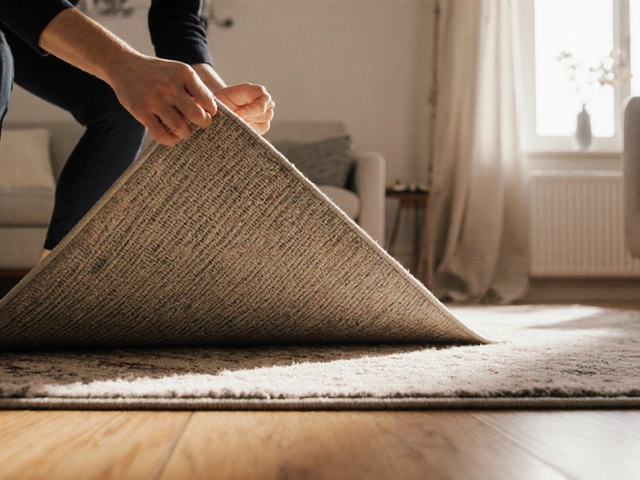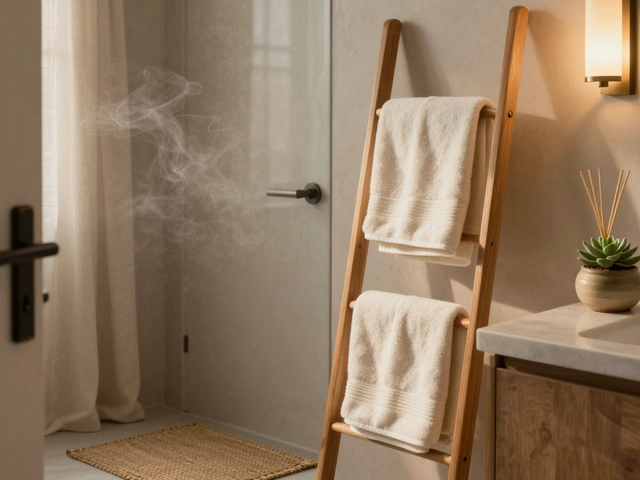Insurance Coverage Basics: What Every Homeowner Needs
If you own or rent a place, a solid insurance plan is a safety net you can’t skip. It protects your stuff, limits surprise expenses, and keeps peace of mind when life throws a curveball. Below you’ll find the core pieces of coverage and practical steps to pick a policy that works for you.
First off, know why insurance matters. Even a small burst pipe or a break‑in can cost hundreds or thousands. Without coverage, you’d pay out of pocket, and that can strain a budget fast. A good policy spreads risk, so you pay a predictable premium instead of a huge bill after an incident.
There are two main groups of policies: homeowners insurance for owners and renters insurance for tenants. Both protect personal belongings, but homeowners insurance also covers the building itself. If you own a property, you need both structural coverage and personal‑property coverage; renters only need the latter.
Now, what exactly does “insurance coverage” include? Think of it as a menu of options that you can mix and match. The most common items are dwelling coverage, personal‑property coverage, liability protection, and additional living‑expenses coverage. Each piece addresses a different risk, and you can adjust the limits to fit your situation.
Key Types of Insurance Coverage
Dwelling coverage protects the walls, roof, and built‑in features of your home. It’s measured by the replacement cost, not the market value, so make sure the amount matches what it would cost to rebuild.
Personal‑property coverage covers the stuff inside—furniture, electronics, clothing. You can choose “actual cash value” (depreciated) or “replacement cost” (new) depending on how much you want to pay now versus later.
Liability protection steps in if someone gets hurt on your property or you’re held responsible for damage elsewhere. The typical limit starts at £100,000, but higher limits are wise if you own a bigger home or have assets to protect.
Additional living‑expenses (ALE) pays for temporary housing if your home becomes uninhabitable after a covered loss. This can cover hotels, meals, and even storage for your belongings.
Tips to Choose the Right Policy
Start by making an inventory of your belongings. Write down high‑value items and keep receipts or photos. This helps you set the right personal‑property limit and avoid being under‑insured.
Compare quotes from at least three insurers. Small differences in premium can hide big gaps in coverage. Use the same coverage levels for each quote so you’re comparing apples to apples.
Check for discounts. Bundling home and auto policies, installing security systems, or having a claim‑free history often shave off a good chunk of the premium.
Read the fine print on exclusions. Flood, earthquake, and accidental damage may need separate riders. If you live in a flood‑prone area, adding flood coverage is essential.
Finally, review your policy each year. Renovations, new purchases, or changes in the local market can affect how much coverage you need. Adjust limits before a loss to keep the payout smooth.
Insurance coverage doesn’t have to be confusing. By knowing the key types, setting realistic limits, and shopping smart, you can protect your home and belongings without breaking the bank. Keep this guide handy when you’re ready to shop, and you’ll feel confident that you’ve got the right protection in place.

How to Get Medicare to Cover Your New Bed
Navigating Medicare to get a new bed covered requires understanding the eligibility criteria, necessary documentation, and specific types of beds that qualify. This process can seem daunting, but with the right information, it's entirely manageable. Whether it's for a medical condition or enhanced comfort, getting your bed needs covered involves clear communication with your healthcare provider and a thorough understanding of Medicare's policies. This guide offers practical insights to ease the process.

Does Medicare Cover Bathroom Remodels?
Are you wondering if Medicare will cover the cost of remodeling your bathroom? This informative article breaks down the details you need to know about Medicare's home modification coverage, specifically regarding bathroom remodels. Learn about the requirements, what's typically covered, and some handy tips to make your home safer if you're a Medicare recipient.
Categories
- Storage (27)
- Bathroom (18)
- Sofas (15)
- Curtains (15)
- Home Decor (12)
- Bedding (11)
- Kitchenware (11)
- Cushions (11)
- Mirrors (10)
- Rugs (9)



